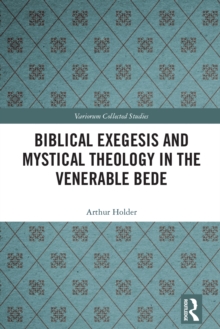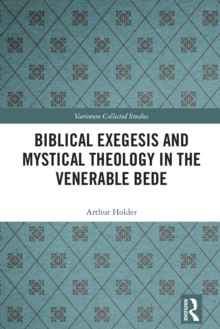
Form, Style and Meaning in Byzantine Church Architecture Hardback
by Hans Buchwald
Part of the Variorum Collected Studies series
Hardback
Description
Using detailed analyses of individual buildings as a point of departure, Professor Buchwald here examines various approaches to Byzantine architectural forms, and raises questions concerning the use of stylistic and other forms of analysis.
One group of articles focuses on stylistic currents in Asia Minor, including that of the 13th-century Lascarid dynasty, previously unknown.
Others explore methods which appear to have been used in the design of Byzantine churches, such as dimensional ’rules of thumb’, modular and geometric systems of proportion, and the quadratura, hitherto recognised only in Western architecture.
The final essays pose further questions: what were the goals and achievements of Byzantine architects, when they transformed older existing buildings?
How, and why, did they use stereometric Euclidean geometry? And was there any ultimately Platonic connection?
Information
-
Out of stock
- Format:Hardback
- Pages:352 pages
- Publisher:Taylor & Francis Ltd
- Publication Date:22/11/1999
- Category:
- ISBN:9780860787792
Information
-
Out of stock
- Format:Hardback
- Pages:352 pages
- Publisher:Taylor & Francis Ltd
- Publication Date:22/11/1999
- Category:
- ISBN:9780860787792










